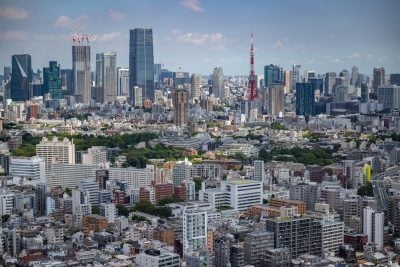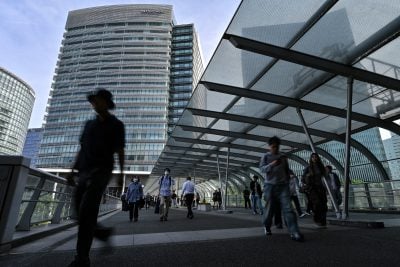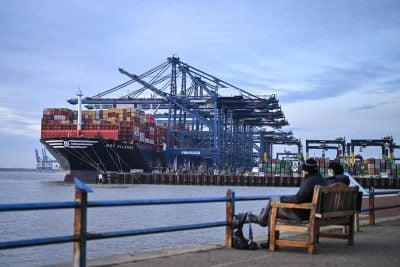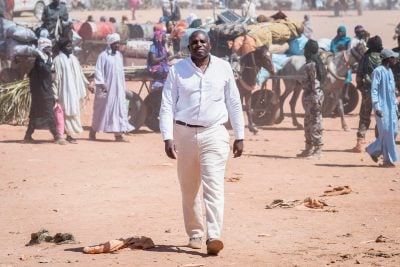South Africa’s clean water shortage is serious and it’s getting worse. It is not so much one of quantity. It’s one of mounting water quality deterioration which, at the current rate, will lead to a serious clean water shortage as early as 2025.
Chronic scarcity is already being experienced in some parts of South Africa. Usage restrictions have been imposed in particularly parched regions of KwaZulu-Natal, Free State and Limpopo provinces and an agricultural emergency declared for the coastal sugar cane growing belt.
Several tourism-dependent beach towns face stayaways by the hordes of year-end sun-seeking holidaymakers that converge on the province’s leisure centres at this time of year.
Water impurity has been blamed on inefficient water treatment, decrepit and badly maintained water storage and transmission infrastructure, acid mine drainage, unstable pressure, lack of rain and climate change. Water usage regulations are largely unenforced by lack of funding and trained personnel.
So while a drought is threatening and the talk is of growing water demand and diminishing capacity, the real issue is one of deepening water quality deterioration with much of it so impure that it is not fit to drink or can be used in other ways.
Asked by African Business why a country with an economy as developed as South Africa’s suffered from a clean water shortage, Zama Siqalaba, Programme Manager at Strategic Water Partners Network (SWPN) of the NEPAD Business Foundation in Johannesburg, said enforcement of regulations is a big part of the problem.
“South Africa is world renowned for its excellent water legislation, which indicates that it’s not thought we lack,” he says. “It is coherent planning, implementation, compliance monitoring and enforcement that we struggle with.”
He reports that South Africa’s municipal sector alone experiences water losses and non-revenue water of around 37% totalling approximately R7.2bn ($600m) a year. “This highlights the need for better management of the available resources.”
He says a multi-pronged approach is required that would develop tariffs that are better matched to the cost of water production, and lead to improved leak repair, pressure management, education and awareness.
“In the mining sector we need to rethink the notion of mine water as a liability and start looking at it as a potential resource, requiring strong policy related to the treatment of mine water to potable standards for sale to municipalities or to a lesser standard for agricultural use and the rules of engagement between the public and private sector in this regard.”
Siqalaba says companies are increasingly factoring in water as a key business risk “and they should”.
SWPN recognises water as the No 1 risk to the future of business worldwide. The SWPN is a voluntarily funded organisation financed by the private sector in partnership with the government. Siqalaba believes the biggest threats to South Africa’s water security include inefficiencies in water use and management at the municipal level, acid mine drainage and mine impacted water.
The CSIR (South Africa’s Council for Scientific and Industrial Research) agrees that the problem is, in reality, one of water quality rather than quantity and that increased population and economic growth could result in serious water shortages.
A crisis not a debate
Dr Harrison Pienaar, the CSIR’s water resource competence manager, notes that the water crisis “is not a debate”, but relates to growing quality problems underlined by the already inadequate amount of clean
water in certain parts of the country” to meet the needs of citizens, agriculture and industry, or to sustain the country’s ecological baseline.
The chairman of SAICE, the South African Institute of Civil Engineers, Dr Chris Herold, notes several key issues impacting on the security of the country’s clean water supply. Besides a growing deficit in supply, ageing infrastructure is causing clean water loss with pipes either bursting or leaking.
He reports that Gauteng spends between R50m and R100m ($3.5m-$7m) a year on infrastructure maintenance but that “this is not enough to cover one third of the cost required for maintenance in the province, let alone refurbishments.”
He points out that while the Department of Water and Environmental Affairs has proposed a strategy of reducing water demand by 15%, the likelihood is that usage would fall by just 1% a year “meaning that the required savings will only be realised in 15 years’ time”.
According to Andre Fourie, head of sustainable development at global beer brewer SABMiller, South Africa is just one drought away from a major crisis. He describes South Africa as “possibly the world’s most water-stressed country that will experience a major crisis within a decade if the situation is not brought under control. We’re wasting water, we’re not caring for it and we’re not pricing it correctly. It’s important that the public and private sectors get together and look for sensible solutions.”
No one understands that sensibility better than Gauteng Infrastructure Development MEC Mayathula-Khoza. She wants much bigger investment by the private community in fixing Gauteng’s water woes, warning of a 300,000 persons-a-year Gauteng population increase that calls for a change in the scale of water infrastructure sooner rather than later, in such components as canals, pipelines, storm water drainage systems and dams.
“PPP projects are investment ready,” she says. Stumbling blocks abound but Mayathula-Khoza is of confident mind. “We need new ways of financing our infrastructure programme through PPPs. There needs to be a new mood of cooperation.”
The state of South Africa’s water sector is dismal and dangerous and yet foot-dragging persists as government and corporates wrangle over the roles each will play in getting down to the brass tacks of fixing the rickety infrastructure.
While the government protests that it does not have the cash to fund the infrastructure the country needs, the same cannot be said for the private financial hoard, reckoned to be R500bn ($35bn) immediately on tap. It’s South Africa’s worst-kept secret that the government and the private sector don’t trust one another and that gets in the way of clearly defining each party’s role in PPP arrangements.
The hope now is that the issue can be sorted out quickly. As it is, South Africans are faced with a critical energy shortage and rationing, known as “load shedding”, is commonplace and could be around for the next decade as new capacity is installed. The dread is that the same could happen to water.
Tom Nevin
Want to continue reading? Subscribe today.
You've read all your free articles for this month! Subscribe now to enjoy full access to our content.
Digital Monthly
£8.00 / month
Receive full unlimited access to our articles, opinions, podcasts and more.
Digital Yearly
£70.00 / year
Our best value offer - save £26 and gain access to all of our digital content for an entire year!

 Sign in with Google
Sign in with Google 


